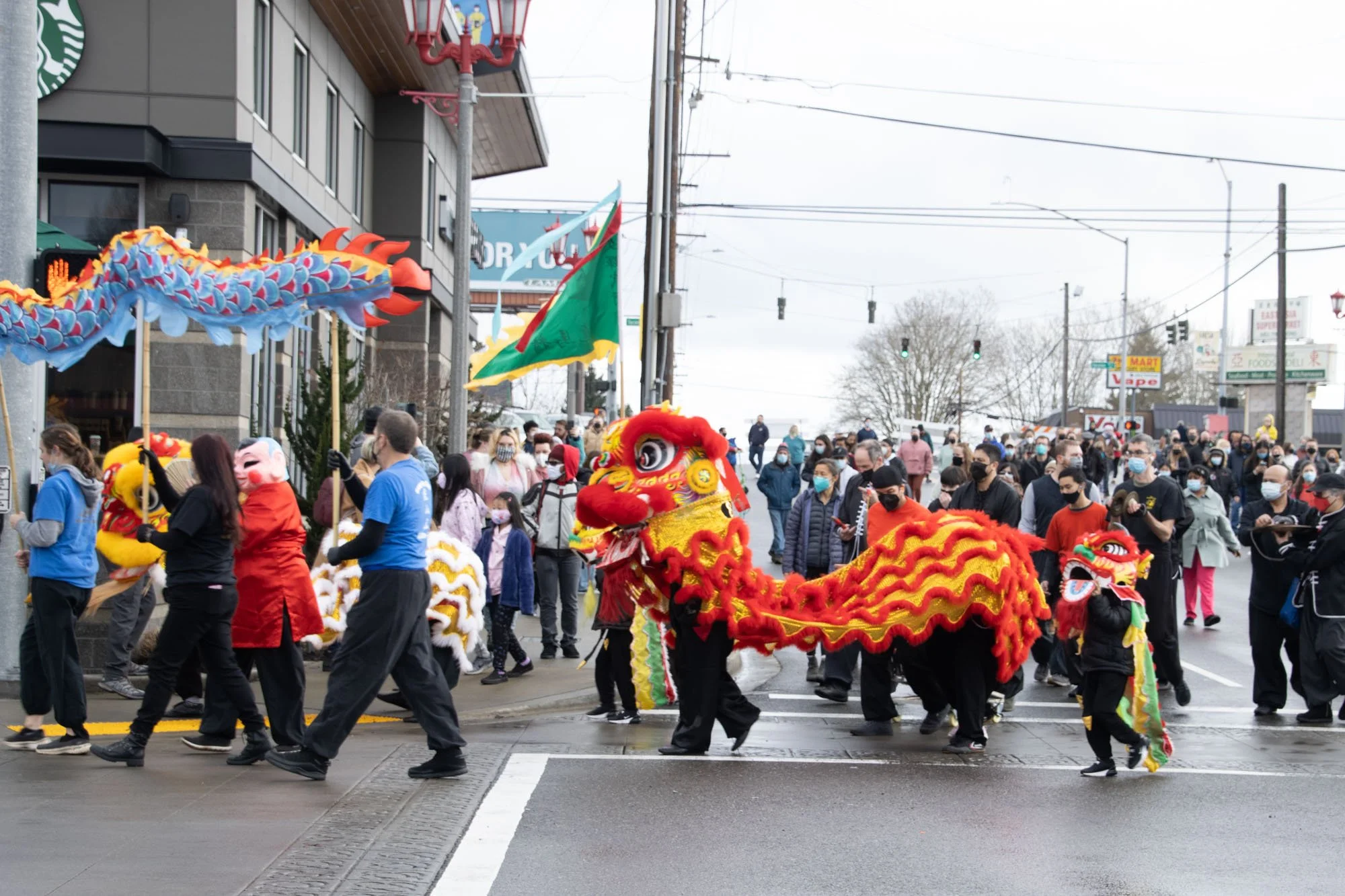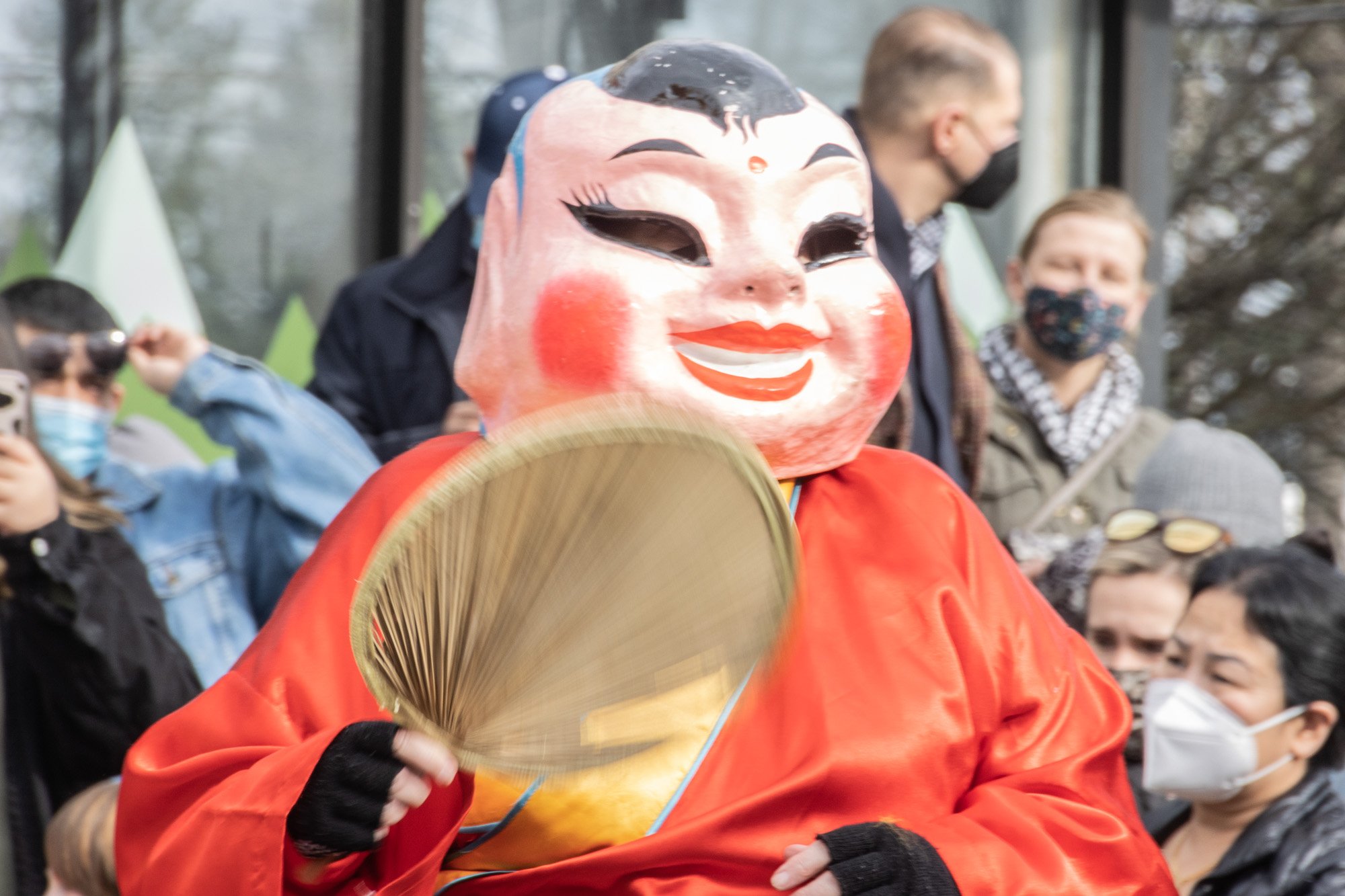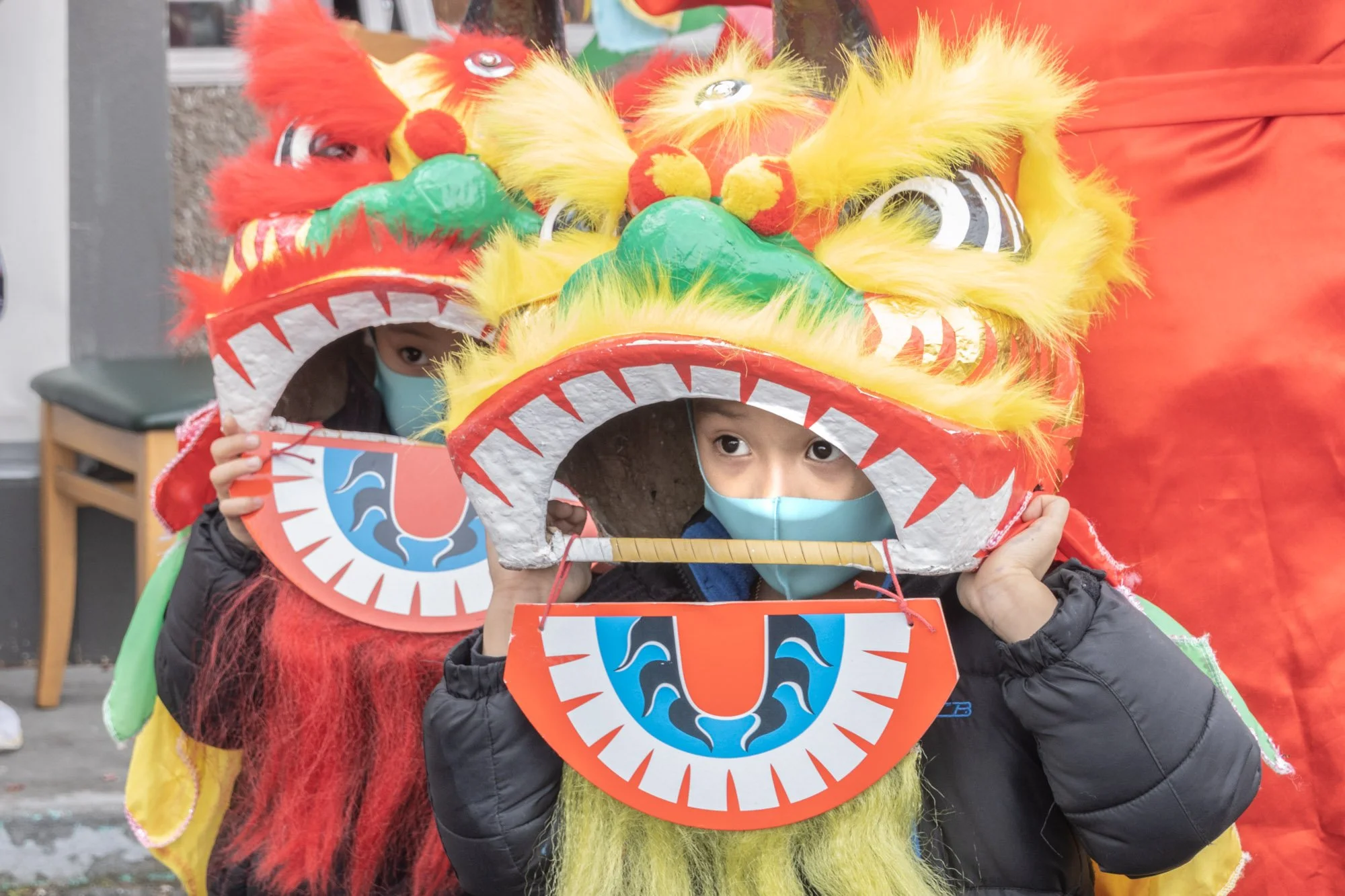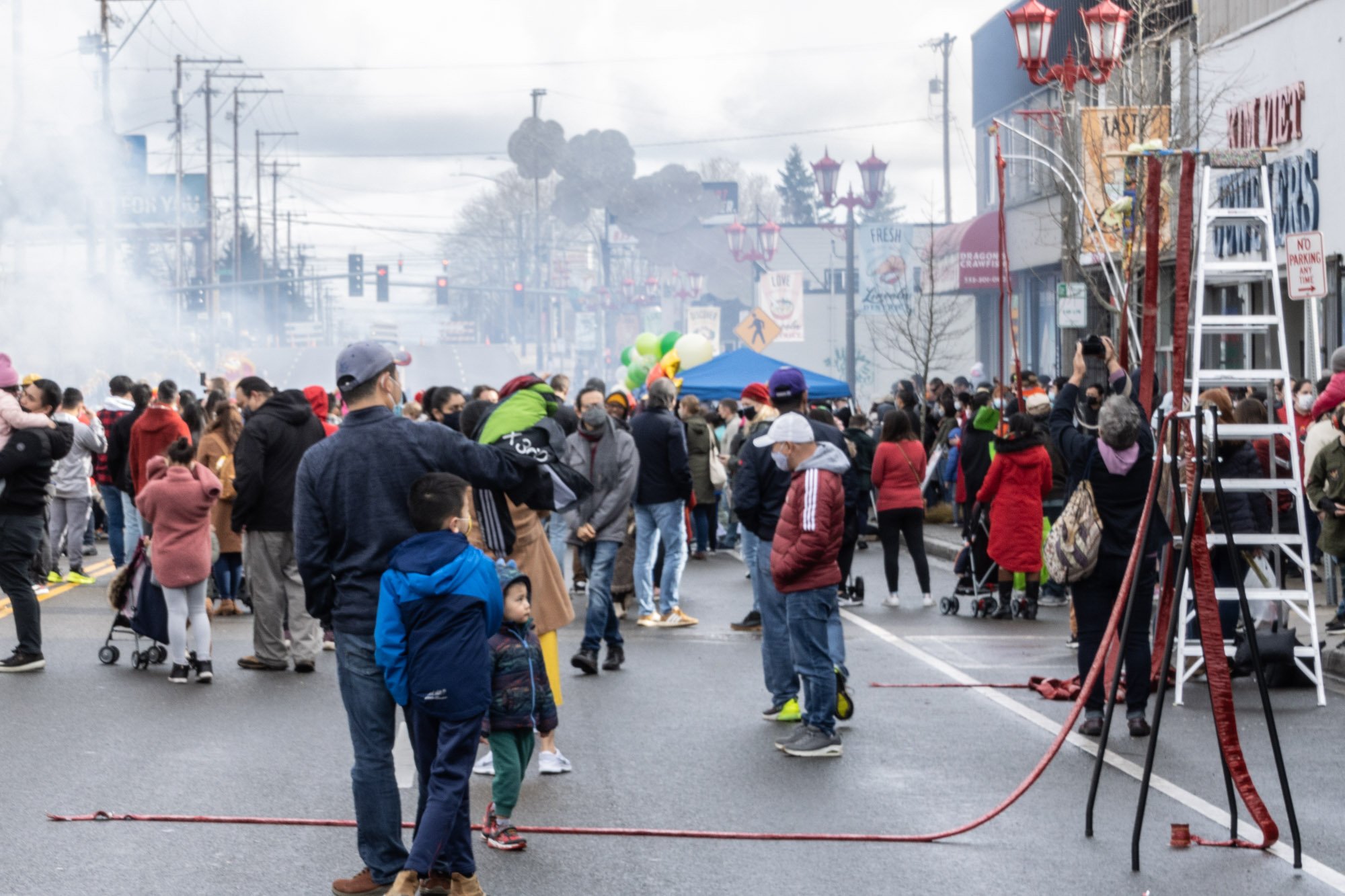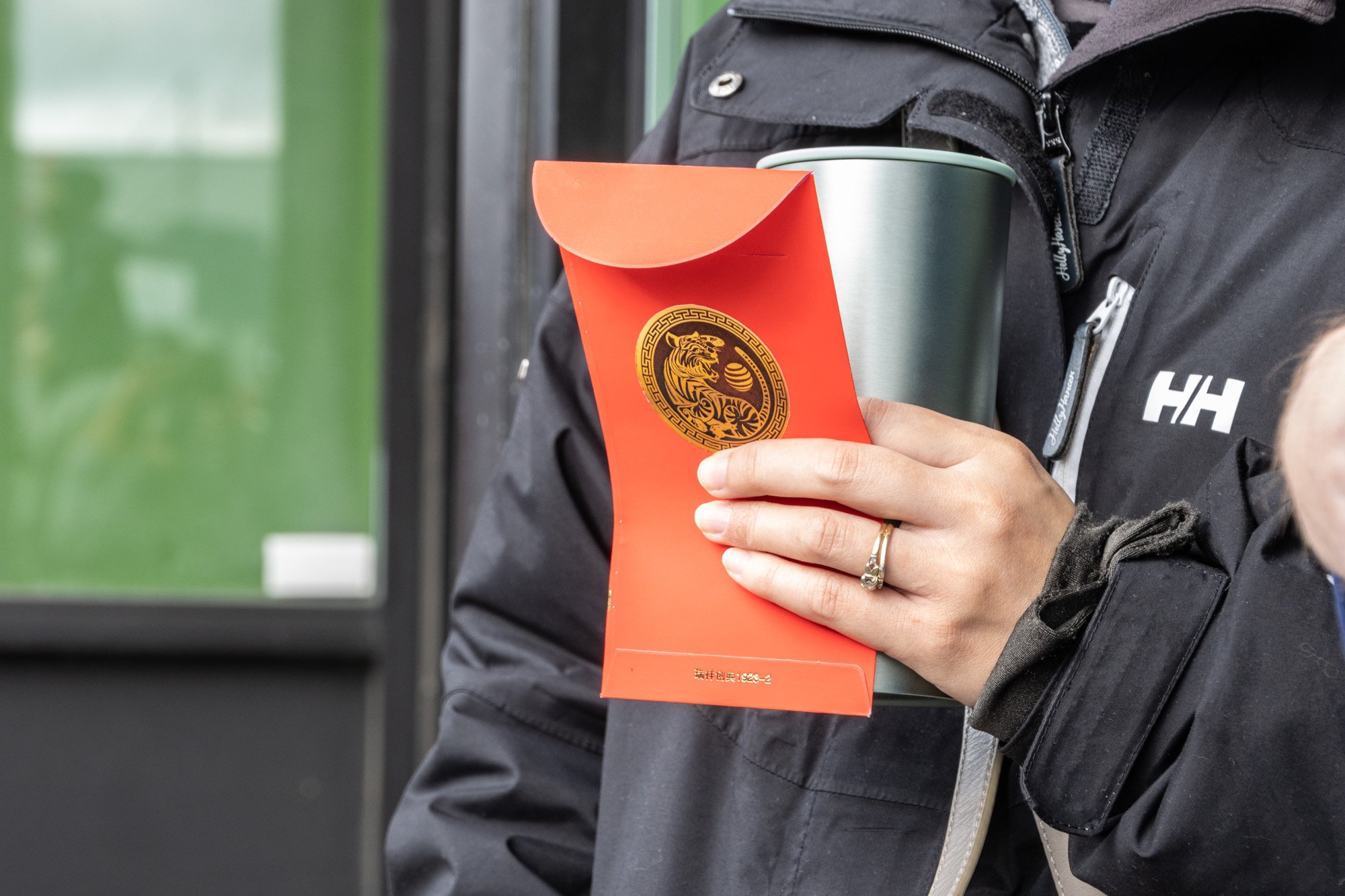Chinese New Year
Growing up with the Hebrew calendar I was familiar with the concept of a lunar calendar when the Lunar New Year attracted my attention this year. These calendars are based on the cycles of the moon from the time of the first new moon until it rotates through all its cycles and reappears approximately 29 days later. The term Lunar New Year may not necessarily refer to the Chinese New Year as it is also celebrated by other East and Southeast Asian cultures. The lunar new year of the other cultures sometimes, but not always, falls on the same date as the Chinese New Year. As China has 56 ethnic groups, different ethnicities may have slight variations of traditions and names for the festival.
Actually, China has been using the Gregorian calendar since the founding of the Republic of China in 1912. However it has continued using the lunar calendar for its four holidays, one for each season. The Chinese New Year, also known as Spring Festival, starts on the first new moon that occurs at the end of January and is celebrated for 15 days, including the four days of the Lantern Festival, when the full moon arrives. This year, 2022, it was celebrated from February 1 – 15.
Each year the calendar is named for one of twelve zodiac animals that originate in the cycle of twelve “signs” along the path of the sun through the cosmos. In order, they are the Rat, Ox, Tiger, Rabbit, Dragon, Snake, Horse, Goat, Monkey, Rooster, Dog, and Pig. The five elements of earth, water, fire, wood and metal are also mapped onto the calendar. 2022 is the year of the Water Tiger, said to be action-oriented and represents strength, bravery and clearing away evil.
Historically the Chinese New Year has been associated with several myths. One legend tells the story of the mythical beast, Nian, which comes on the new year and eats people and animals. People wear red clothing, light red candles and decorate with red in order to scare away Nian. To sweep away evil spirits and bad omens people also clean their homes and decorate them in red in preparation for the new year.
The Chinese New Year is a time for feasting and to honor family members, those alive and those who are no longer with them. They honor the dead by visiting their graves and offer sacrifices to the ancestors before the family dinner the night before the new year. And like the Passover seder where a cup of wine is poured for Elijah, the Chinese set a place for ancestors at their traditional dinner, known as the Family Reunion Dinner. Families are together, and generations come from all over to celebrate this holiday.
There are many “lucky foods” served during the new year. Fish is always served for prosperity, dumplings and spring rolls for wealth, sweet rice balls for family togetherness, “good fortune fruit” for fullness and wealth, and longevity noodles for happiness and longevity. Many restaurants serve special new year meals on the first few days of the celebration.
Traditions that are often familiar to the broader population include setting off fireworks, parades of lion and dragon dances and giving of red envelopes containing money. Those who receive envelopes also receive wishes for another peaceful and prosperous year. This year I was fortunate to receive a red envelope with a brand new dollar bill and a new year wish while I was photographing in the Chinatown International District (CID).
Due to Covid this year the CID Chinese New Year Parade was postponed until April 30th. But parades and fireworks took place in many other locations throughout western Washington. I went to see the one in Tacoma early in the New Year and it was fun to see many of the traditions in person that I had read about. The good news is that you can see the CID parade at the end of April. Be prepared – it’s noisy with all the firecrackers, but very colorful and fun.



